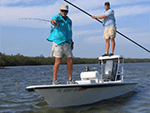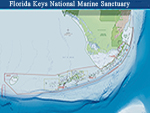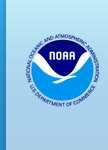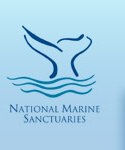Superintendent’s Welcome

There is no denying that the marine environment of the Florida Keys is special. We admire its sparkling turquoise color and refreshing temperatures. We are entranced by the diversity of life within it. We savor the seafood harvested from it and are grateful that the coral reef helps protect the island chain. Protecting it is a responsibility we all share.
Today, Florida Keys National Marine Sanctuary faces increasing challenges from natural and human-caused stressors. We invite you to work with us to address these challenges and protect this unique ecosystem for future generations.
Sincerely,

Sarah Fangman
Superintendent
Florida Keys National Marine Sanctuary
Designated on November 16, 1990, Florida Keys National Marine Sanctuary is one of 15 marine protected areas that make up the National Marine Sanctuary System. Administered by NOAA, a federal agency, and jointly managed with the State of Florida, Florida Keys National Marine Sanctuary protects 3,800 square miles of waters surrounding the Florida Keys, from south of Miami westward to encompass the Dry Tortugas, excluding Dry Tortugas National Park. The shoreward boundary of the sanctuary is the mean high-water mark, essentially meaning that once you set foot in Keys waters, you have entered the sanctuary.
Within the boundaries of the sanctuary lie spectacular, unique, and nationally significant marine resources including North America's only coral barrier reef, extensive seagrass beds, mangrove-fringed islands, and more than 6,000 species of marine life. The sanctuary also protects pieces of our nation's history such as shipwrecks and other archeological treasures.
Visitors to the sanctuary are encouraged to take advantage of the many recreational activities this amazing ecosystem has to offer, including world-class diving, swimming, snorkeling, and fishing. However, rules and regulations are in place to make sure that these activities only happen in ways – and at places – that reduce user conflict and are not harmful to the sanctuary's natural and cultural resources.
To learn more about the background of Florida Keys National Marine Sanctuary, visit the links below.









